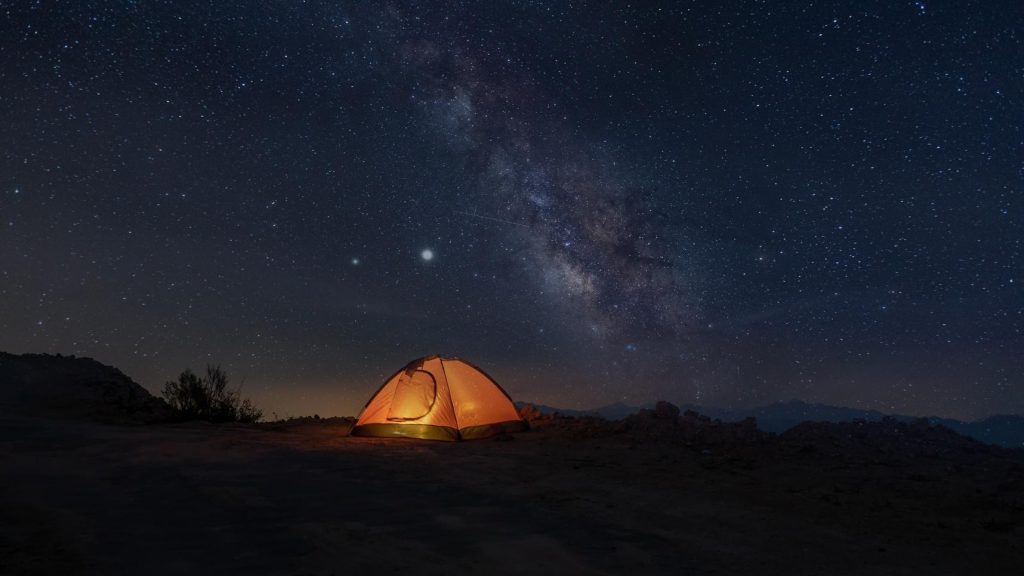There’s a lot to consider when choosing a backpacking tent. The size, weight, and packability of a shelter are usually the first concerns. How much interior space do you require? Does your home-away-from-home have a mesh body and vented fly for max airflow and breathability? And of course, after a long day of hiking, when your body is sore and tired, a tent that is easy and quick to set up is truly a worthy feature.
Lightweight, strong, cheap—you can only pick two. If your gear is strong and cheap, it won’t be lightweight. If your gear is lightweight and strong, it won’t be cheap. Either way, it’s an investment and one that will hopefully allow you and your family to spend more time in the outdoors doing what you love. And because you’ll likely be spending some serious coin on your gear, you might as well take care of it so it will last you for many years of adventuring outside.
Tent Care Basics
Never store your tent when its wet or damp. Be sure to properly shake, hang, and dry your tent out before packing it away. Wet tents can lead to fabric and material breakdown over time.
Be sure to set your tent up and take it down with care, treating your poles mindfully to avoid damage.
Use a footprint, a sheet that goes under your tent, to maintain the longevity of your tent. This will help not only keep your tent clean, but also, it will protect it from debris and abrasion.
Be mindful of the zippers. It’s easy to catch lightweight fabric in the zippers if you’re not careful. Zip an unzip your tent with care and a slow speed.
Any tears or damage should be taken care of as soon as possible to maintain the integrity of your tent.
A Tent for Three
The Hubba Hubba three-person tent from MSR is ideal for backpacking due to many stellar features. At only four pounds and six ounces, this lightweight refuge packs up small and is easy to carry. The dual vestibules are great for storing backpacks and hiking poles. Plus, the rectangular-shaped floor can accommodate most sleeping pads. Expect to see plenty of pockets on the inside to store all of your important items like headlamps or extra socks.
Sleeping Mat Care Basics
EXPED has an amazing lineup of backpacking pads, including their lightweight Ultra 1R, Ultra 1R Mummy, Ultra 1R Duo, and egg carton-style Flexmat.
Good to know: The best way to take care of your sleeping mat is to unroll the mat, leave the valves open, and store it in a cool and dry place. To clean your mat, use warm and soapy water with a soft cloth or sponge and let it air dry—do not put mats in the washer or dryer.
Where will you go next?
Further Reading for Inspiration
5 Lightweight Backpacking Items That Just Make Sense
6 Lightweight Items For Fastpacking, Hiking And Backpacking
Robotics, Ergonomics, AI: A New Exoskeleton Powering Your Outdoor Adventures
Breathtaking Bucket List Campsites Across The U.S.

